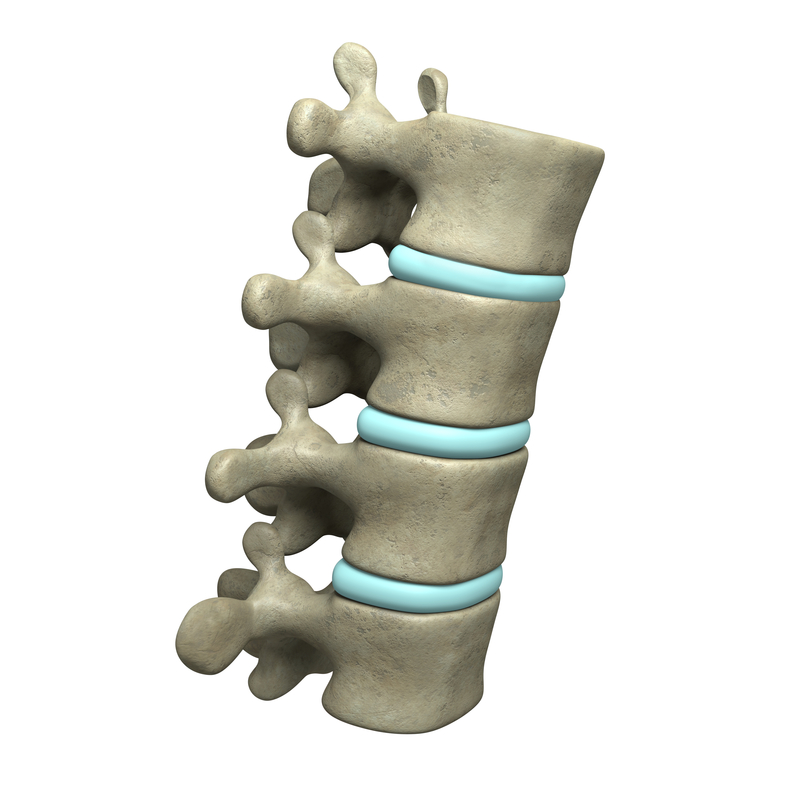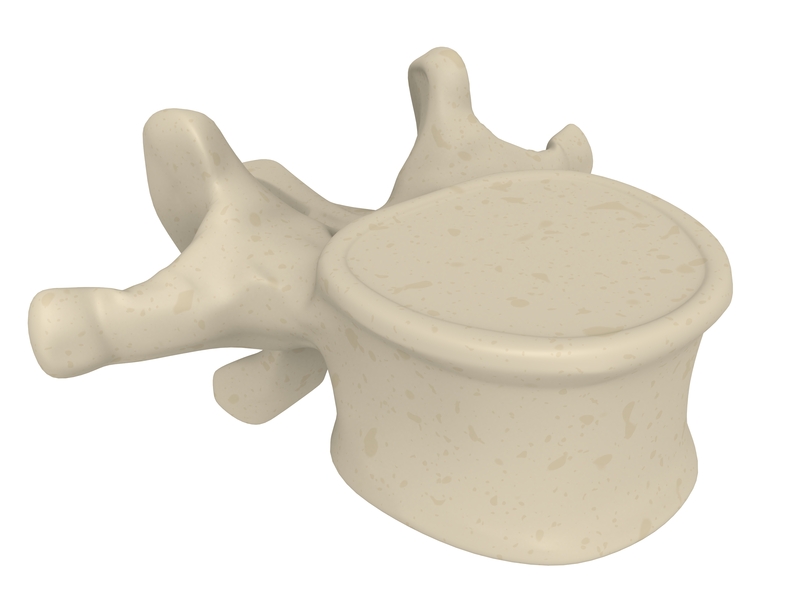 Also called balloon kyphoplasty, percutaneous kyphoplasty is a two-step process that helps to restore structure to vertebrae that have been affected by spinal fracture. In the case of a fracture, the front portion of the vertebra collapses, resulting in pain and sometimes a slumped appearance.
Also called balloon kyphoplasty, percutaneous kyphoplasty is a two-step process that helps to restore structure to vertebrae that have been affected by spinal fracture. In the case of a fracture, the front portion of the vertebra collapses, resulting in pain and sometimes a slumped appearance.
Percutaneous kyphoplasty may be used in cases of fractures that occur due to:
- Osteoporosis
- Trauma
- Cancer
How it Works
 During percutaneous kyphoplasty, a needle is used to insert a specialized balloon device into a collapsed vertebra. The balloon is then inflated in order to help the vertebra return to its normal shape. Next, a cement-like material is injected into the space created by the balloon. The cement helps the vertebra expand into a normal position and helps prevent it from collapsing again, which improves alignment of the spine.
During percutaneous kyphoplasty, a needle is used to insert a specialized balloon device into a collapsed vertebra. The balloon is then inflated in order to help the vertebra return to its normal shape. Next, a cement-like material is injected into the space created by the balloon. The cement helps the vertebra expand into a normal position and helps prevent it from collapsing again, which improves alignment of the spine.
What to Expect
Percutaneous is performed with a local anesthetic, and a small incision is made. The process takes about one hour for each vertebra that is corrected, and x-ray imaging is used to guide the doctor to the correct place.
In most cases, pain relief is experienced within two days of the procedure. You can slowly return to regular activities the next day, but should avoid strenuous activities or heavy lifting for about six weeks. Potential complications of percutaneous kyphoplasty include infection and bleeding, but these are not common.
